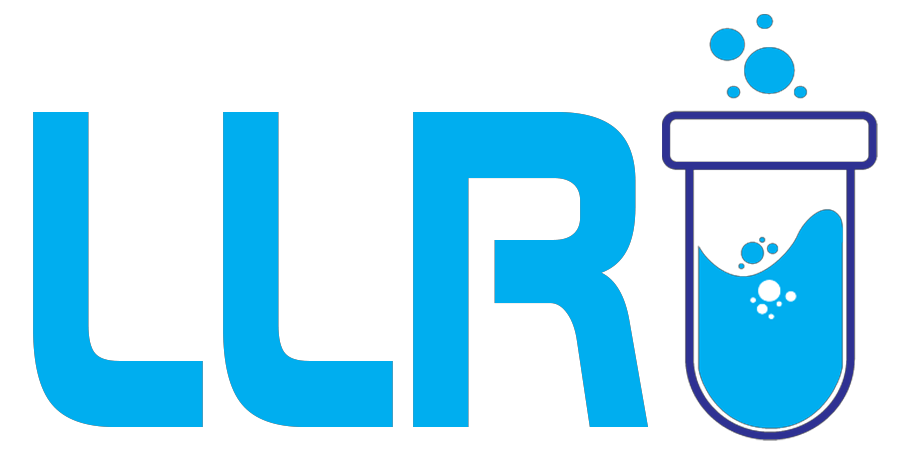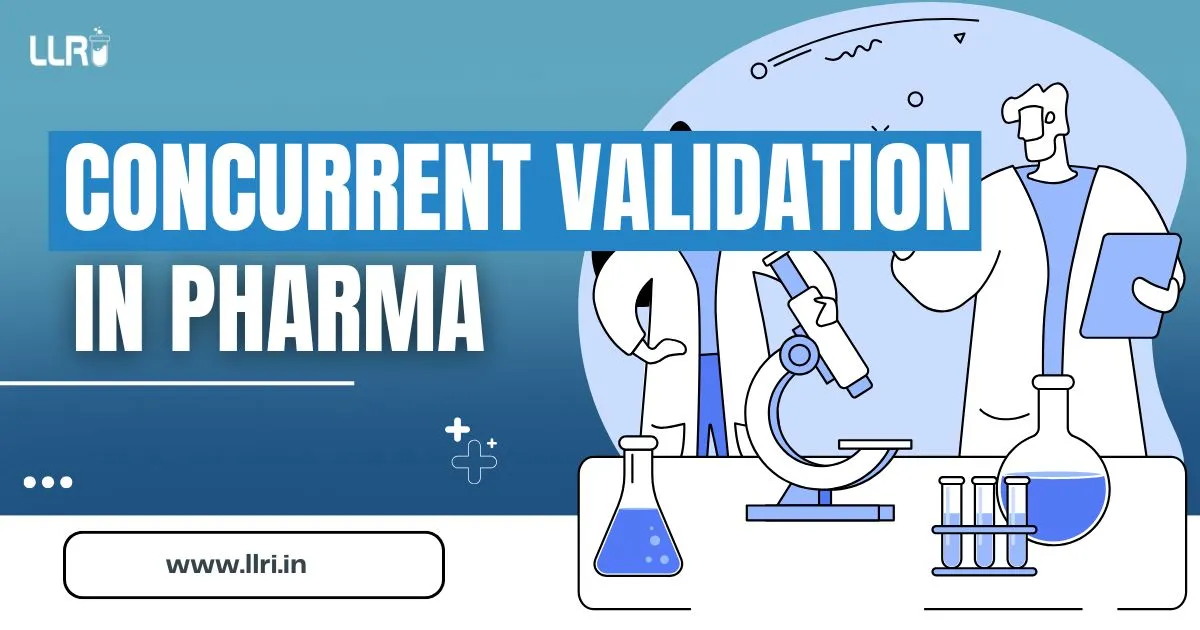Concurrent Validation in Pharma: In the world of pharmaceuticals, time and quality often race against each other. When patients urgently need medicines, waiting for lengthy validation procedures isn’t always an option. That’s where concurrent validation in pharma steps in – a smart approach where validation happens alongside production, not before it.
If you’ve ever wondered what concurrent validation is, why it matters in the pharmaceutical industry, or how it compares with prospective validation, you’re in the right place. We’ve sprinkled with tips if you’re looking to build a career in clinical research through top institutes like Learning Labb Research Institute (LLRI).
Stick around — you’ll walk away with not just knowledge, but also clear next steps on boosting your pharma career! Let’s get rolling, shall we?

What is Concurrent Validation?
Before diving deep, let’s answer the basic question: what is concurrent validation?
Concurrent validation is a type of process validation where manufacturing and validation activities happen simultaneously. In simpler terms, you don’t wait for validation results before releasing the product into the market — you validate as you produce!
According to WHO guidelines, “Concurrent validation is employed when products are manufactured infrequently or when the number of batches produced is limited.”
Sounds interesting, right? But hold on — why would someone take this approach?
Why is Concurrent Validation in Pharma Important?
Now, imagine waiting months to validate a new batch before it hits the market — costly, time-consuming, and impractical for life-saving drugs. That’s where concurrent validation in pharma shines. It helps manufacturers:
- Meet market demands faster
- Reduce production delays
- Maintain continuous quality control
- Save on operational costs
In today’s pharmaceutical industry, where every second counts, concurrent validation is not just an option; it’s often the need of the hour.
When is Concurrent Validation Used?
You can’t (and shouldn’t) use concurrent validation all the time. It’s usually applied when:
- The product is urgently required in the market
- There’s a well-established process history
- Minor changes occur that don’t affect product quality
- Batch production is rare or limited
So, if you ever hear someone asking “what is concurrent validation?”, you can simply say: “It’s validating as you produce, mainly to save time without compromising quality.”
Concurrent Validation Example in Pharma
Let’s say a pharmaceutical company develops a new vaccine during an outbreak. Demand is sky-high. Instead of validating first and manufacturing later, the company decides to manufacture and validate side-by-side. Samples from each batch are rigorously tested while distribution happens — and that’s a concurrent validation example in pharma.
This way, the vaccine reaches those who need it most without unnecessary delays. Life-saving, literally!

Concurrent Validation vs Prospective Validation
Okay, now a big question you might be wondering: Concurrent validation vs prospective validation — what’s the real difference?
Here’s the deal:
| Aspect | Concurrent Validation | Prospective Validation |
| Timing | Validation during production | Validation before production starts |
| Risk | Medium | Lower |
| Urgency | High-demand products | Planned launches |
| Example | Pandemic vaccines | Routine drug manufacturing |
So, when someone asks you about concurrent validation vs prospective validation, you’ll know that prospective means “validate first, then produce,” whereas concurrent is “validate while producing.”
Key Steps in Concurrent Validation in Pharmaceutical Industry
For concurrent validation to be successful, a few key steps must be followed:
- Define protocols: Clear documentation of what needs validation.
- Identify critical parameters: Temperature, humidity, raw material quality, etc.
- In-process monitoring: Regular checks and tests during production.
- Documentation: Record every little detail during the batch process.
- Final review: Analyzing all data post-production to confirm consistency.
Following these steps makes sure that concurrent validation in the pharmaceutical industry holds its ground even under tight timelines.
Now, let’s keep it real — concurrent validation in pharma is not all smooth sailing. Some real-world issues include:
- Incomplete documentation
- Deviations during manufacturing
- Pressure to release batches quickly
But solutions exist! For instance, investing in trained manpower through programs like those offered by Learning Labb Research Institute (LLRI) can help. LLRI’s Clinical research training center focuses on skill development to handle exactly these situations.
Learning Labb Research Institute offers:
- Clinical research courses designed to teach validation techniques
- Knowledge about Clinical research course fees and scholarships
- Clinical research training on industry practices
- It’s recognized as the Best Institute for PG Diploma in Clinical Research
Key takeaways to remember from this blog
Before we wrap up, here’s a quick bite-sized memory jog for you:
- Concurrent validation in pharma is validating as you produce.
- It’s faster but requires strict monitoring.
- It’s common during emergencies or rare product batches.
- LLRI offers excellent courses to learn all about this.

On A Final Note…
So there you have it – a complete walkthrough of concurrent validation in pharma, sprinkled with examples, real-world challenges, and easy comparisons to prospective validation. If you’re passionate about entering the pharmaceutical world or clinical research, enrolling in a clinical research training center like Learning Labb Research Institute (LLRI) is your golden ticket.
Knowledge is power, and the more you know about concepts like concurrent validation in pharmaceutical industry, the more equipped you’ll be to shine in your career!
Ready to jumpstart your journey in pharma and clinical research? Check out LLRI’s courses and make your first step today!
FAQs
What is concurrent validation in pharma?
Concurrent validation in pharma means performing validation while manufacturing the product rather than before.
Why is concurrent validation important?
It allows urgent products to reach the market quickly without waiting for long validation cycles.
Give one concurrent validation example in pharma.
Producing and releasing vaccines during a pandemic while validating each batch simultaneously.
What’s the difference between concurrent validation vs prospective validation?
Concurrent validation happens during production; prospective validation happens before production.
How can I learn more about pharmaceutical validation?
Join a Clinical research course at Learning Labb Research Institute (LLRI), the best institute for PG Diploma in Clinical Research.

